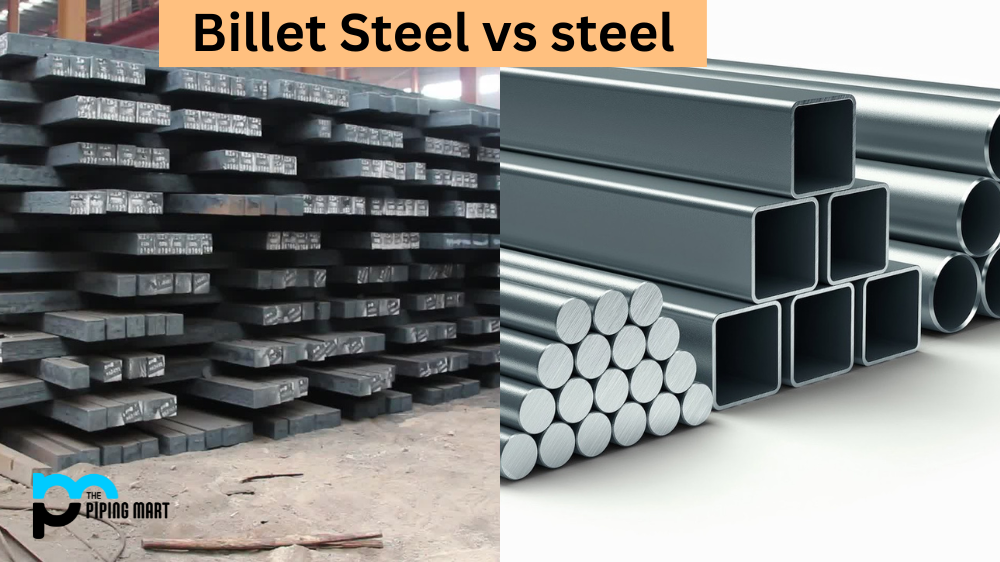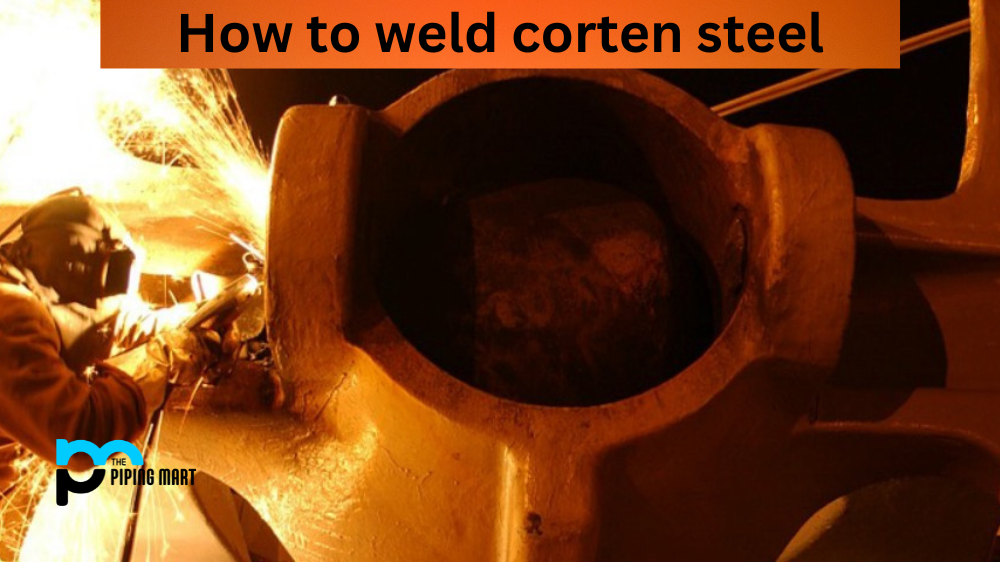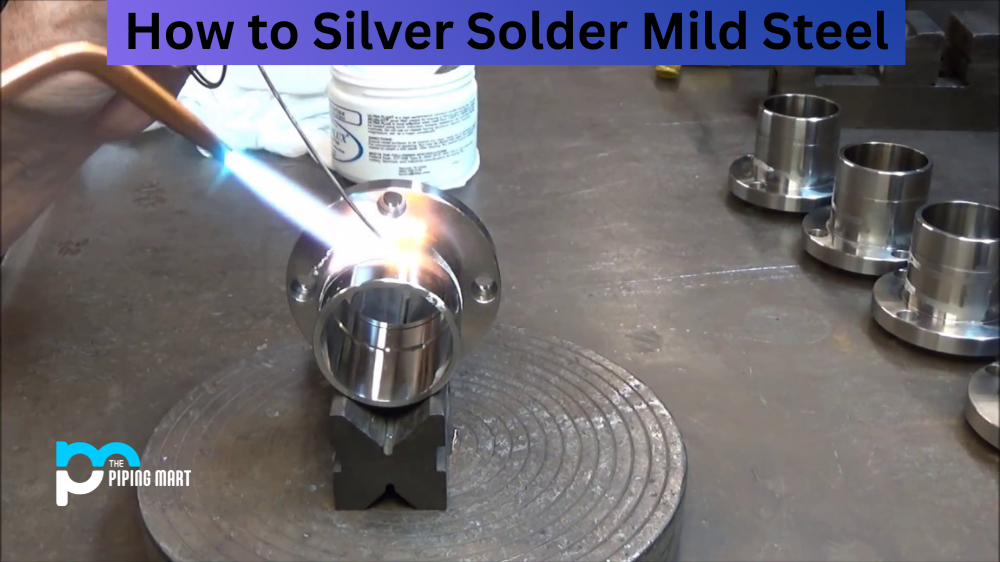If you are a car or motorcycle enthusiast, you have likely heard of the term “billet steel.” But what exactly is billet steel, and how does it differ from regular steel? Let’s explore what sets billet steel apart from the rest.
What is Billet Steel?
Billet steel is made from regular steel that has been heated until it is malleable enough for shaping by forging. There are several types of billets, but the most common type is made from flat bars that have been cut to specific lengths. These billets are then heated, forged, and machined into whatever final shape they need to be in order to serve their purpose. This process results in a much stronger metal than regular steel because it has undergone an intensive heating process that strengthens its molecular structure.
What is Steel?
Steel is a strong and durable alloy of iron, carbon, and other minerals. It is widely used for constructing buildings, bridges, vehicles, and many other things as it offers exceptional strength against environmental conditions like extreme temperatures and moisture. Steel is also becoming increasingly popular in the manufacturing industry as its recyclability makes it a sustainable material choice. In addition, steel provides much more strength than traditional building materials such as wood and lasts longer than aluminum or plastic while still being cost-effective. As one of the most versatile alloys in existence, steel has been essential in creating our modern lives and will no doubt remain so for years to come.
Difference Between Billet Steel and Steel
The main benefit of using billet steel over regular steel is that it provides superior strength and durability due to its intense forging process. This makes it ideal for applications where strength and durability are essential such as engine components and suspension parts. Additionally, billet steel offers higher levels of precision since each piece is individually crafted with great care and attention to detail. This allows for tighter tolerances which can be beneficial when producing precision parts like gears or bearings that require exact sizing for proper operation. Lastly, billet steel often looks more aesthetically pleasing than regular steel as it can be polished to a mirror-like finish or even anodized for added protection against corrosion or wear and tear over time.
- Billet steel is a type of steel that is produced by hot rolling a cast ingot or bloom and then forging it into a billet. This process can be done with or without heat treatment.
- Steel is an alloy of iron and carbon, and it can be classified into four different types: carbon steel, alloy steel, stainless steel, and tool steel.
- Billet steel is stronger than regular steel because the hot rolling process aligns the grain structure of the metal, making it less susceptible to fractures.
- Billet steel is also more ductile than regular steel, meaning that it can be formed into shapes with more intricate designs.
- Billet steel is more expensive than regular steel because the hot rolling process is more time consuming and requires more energy.
- Billet steel is used in a variety of applications, including automotive parts, aerospace components, and medical implants.
Conclusion:
In the world of cars and motorcycles, there are many materials used in order to create strong yet lightweight components that can withstand the rigours of everyday use. One such material is billet steel, which offers superior strength and durability over regular steel due to its intense forging process, which strengthens its molecular structure. Additionally, billet steel provides higher levels of precision while also looking aesthetically pleasing when polished or anodized correctly. So if you’re looking for superior performance out of your vehicle’s components, consider investing in some high-quality billet steel pieces!

Abhishek is a seasoned blogger and industry expert, sharing his insights and knowledge on various topics. With his research, Abhishek offers valuable insights and tips for professionals and enthusiasts. Follow him for expert advice on the latest trends and developments in the metal industry.




